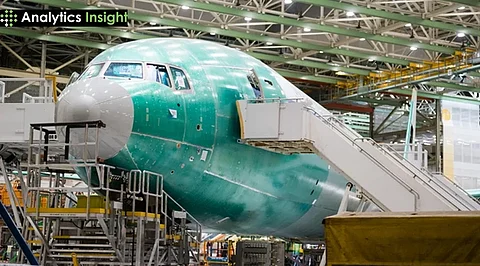Shares in Lufthansa experienced a notable increase of 3.4% on Friday, reaching their highest level in over three weeks, following announcements regarding significant job cuts. The airline is set to disclose plans to reduce its administrative workforce by approximately 20%, impacting several thousand positions. This restructuring initiative aims to cut costs and restore profitability amid ongoing financial pressures.
Lufthansa has encountered considerable challenges in recent years, including two profit warnings in 2024 and a nearly 20% decline in earnings last year due to aircraft delivery delays and ongoing labor disputes. Chief Executive Carsten Spohr communicated the need for workforce reductions to employees on Friday, emphasizing the necessity for the airline to streamline operations to remain competitive and invest in future growth.
Investor Pressures and Operational Challenges
The airline industry has seen increased scrutiny from investors and analysts, particularly regarding Lufthansa’s cost management strategies. Concerns have been raised about the company’s inability to effectively reduce expenses while expanding its core operations. Research conducted by Bernstein revealed that despite operating fewer aircraft and flying less than in 2019, Lufthansa has increased its workforce by 7%. This imbalance in staffing has contributed to rising costs and diminished competitiveness in a challenging market.
With Lufthansa missing its target of achieving an 8% operating margin by 2025, the upcoming Capital Markets Day marks a crucial moment for the airline. This event, the first in six years, will feature the introduction of the “Matrix Next Level” restructuring program. This plan is expected to consolidate core operations—such as sales, network planning, and loyalty programs—in Frankfurt, potentially reducing the decision-making independence of subsidiaries like Austrian Airlines, Swiss, and Brussels Airlines by 2026.
Labor Relations and Competitive Landscape
The announcement of job cuts has been met with resistance from labor unions, notably Verdi, which represents a segment of Lufthansa’s workforce. Union representatives have indicated they will leverage upcoming collective bargaining sessions to contest any extensive workforce reductions, asserting that such measures are unacceptable in their current form. Additionally, ongoing disputes regarding pilot pensions raise the possibility of further industrial action, complicating the airline’s efforts to navigate these restructuring challenges.
In the broader context, Lufthansa faces stiff competition from European rivals such as Air France-KLM and International Airlines Group, both of which have outperformed the German carrier in profitability. The widening margin gap puts additional pressure on Lufthansa to accelerate its restructuring efforts and enhance operational efficiency. The airline’s plans to launch new business operations, including collaborations with Discover and City Airlines, aim to provide greater staffing flexibility and reduce overall costs.
As Lufthansa prepares to present its strategic roadmap and outlook to shareholders on Monday, convincing investors and analysts of tangible progress will remain a crucial challenge. The airline’s ability to successfully implement these restructuring measures while maintaining a sustainable workforce will be essential to its long-term recovery and competitiveness in the global aviation market.
